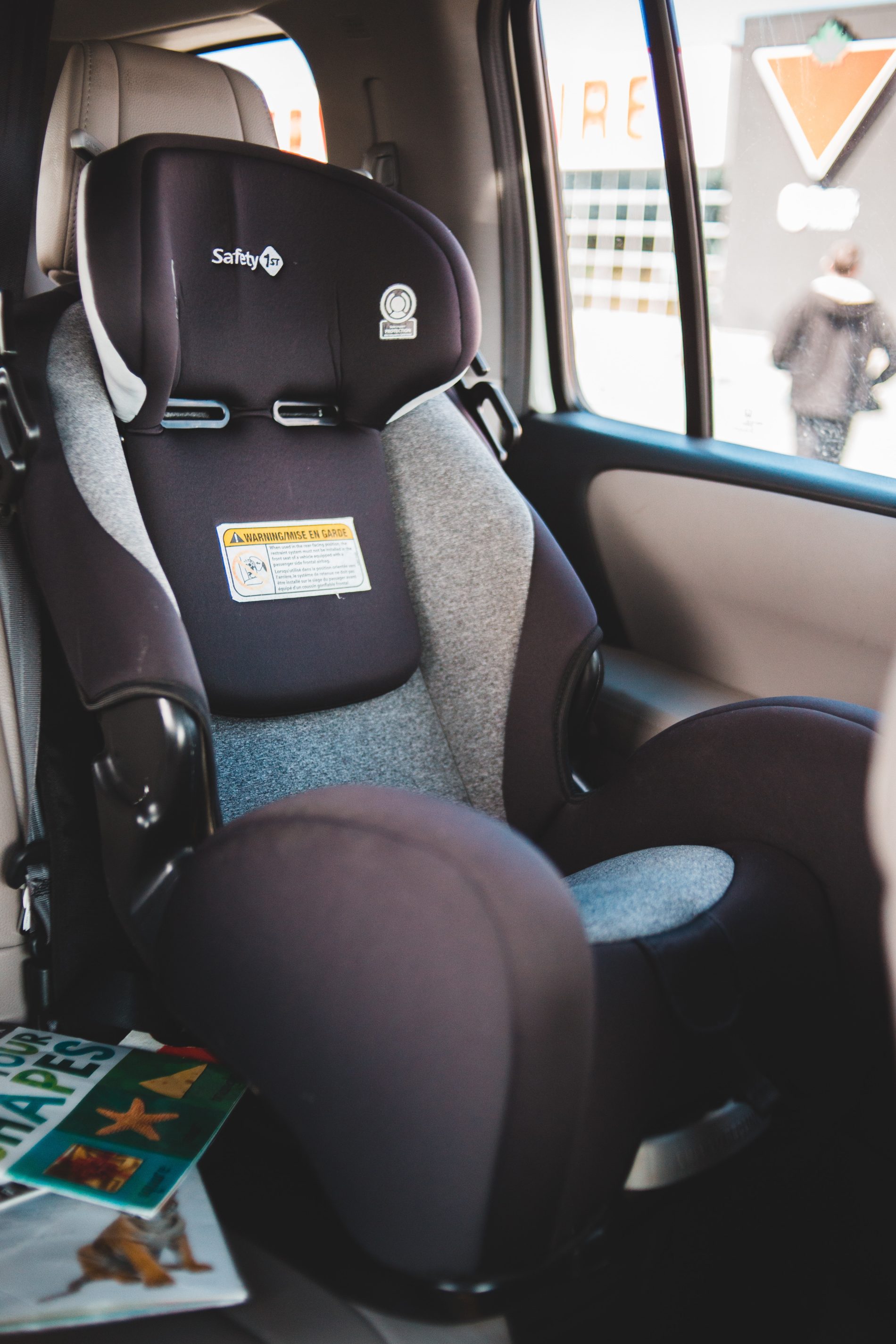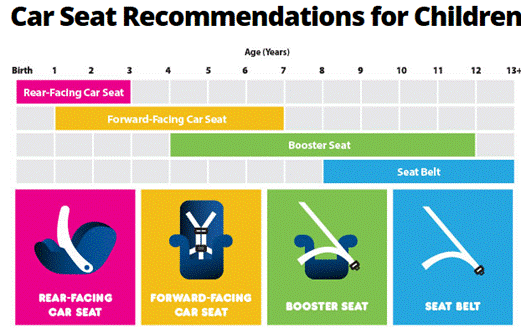Ohio Buckles Buckeyes (OBB) Program
In partnership with University Hospitals Rainbow Babies & Children’s and Ohio Buckles Buckeyes (OBB), Geauga Public Health provides car seats to income-eligible families in Geauga County.
The overall goals of this program is to increase the availability of child safety seats for families who could not otherwise afford them and to increase the proper installation and use of child safety seats.
To be eligible for the program, you must:
- Show proof of Geauga County residency.
- Meet income guidelines (income must be within Women, Infant, and Children (WIC) Program guidelines, although the recipient odes not need to be enrolled in the WIC program).
- Have, or be the legal guardian of a child within 5 and 65 pounds for a convertible car seat or between 40 pounds (and be too tall for a convertible) and 100 pounds for a booster seat.
- Attend the educational class provided by Child Passenger Safety Technicians and complete necessary paperwork (about 30-60 minutes long).
- You must have an appointment.
For more information or to make an appointment, call our Child Passenger Safety Technician at 440-279-1944.


